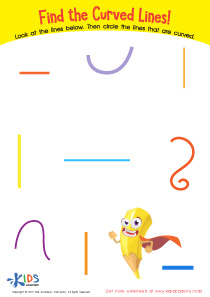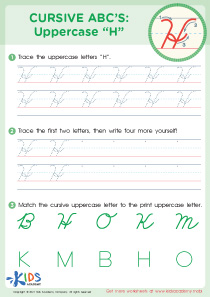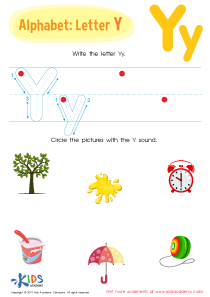Missing Letters Worksheets for Ages 3-9
7 filtered results
-
From - To
Unlock the joy of learning with our "Missing Letters Worksheets for Ages 3-9." Perfect for young learners, these engaging activities help children recognize and complete the alphabet. By filling in missing letters, kids enhance their literacy skills, reinforce letter sequence, and build a strong foundation for reading and writing. The colorful, fun-filled worksheets are designed to capture attentions and make learning an enjoyable experience. Ideal for home or classroom use, our worksheets are tailored to support early childhood education in a playful, interactive way that boosts confidence. Explore now and watch your child's alphabet knowledge grow!
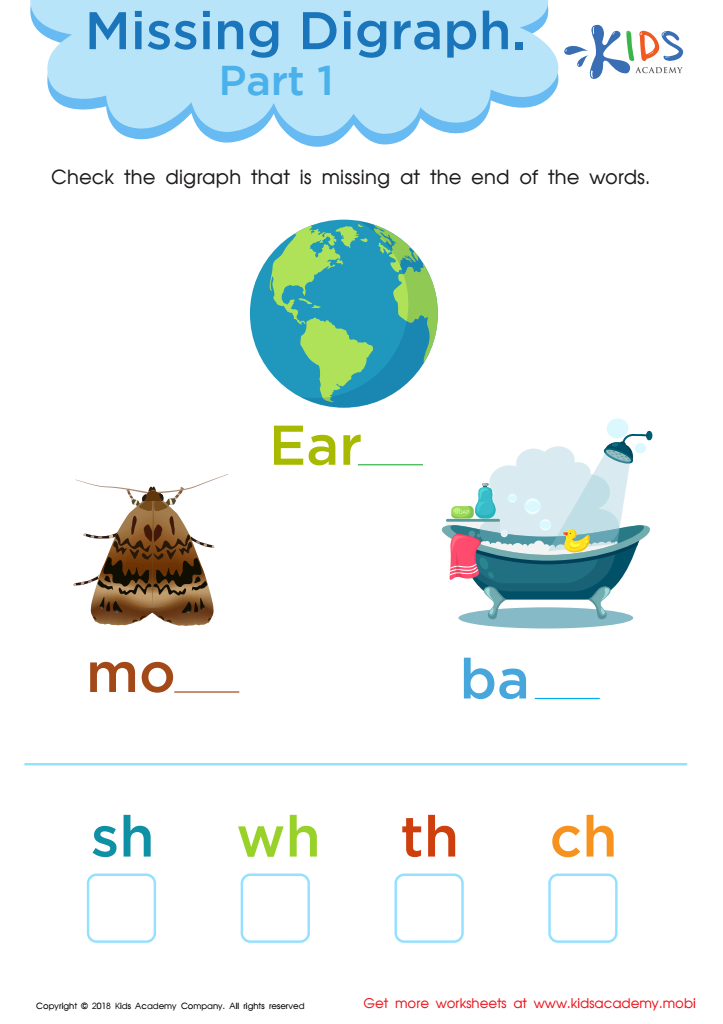

Missing Digraph: Part 1 Worksheet
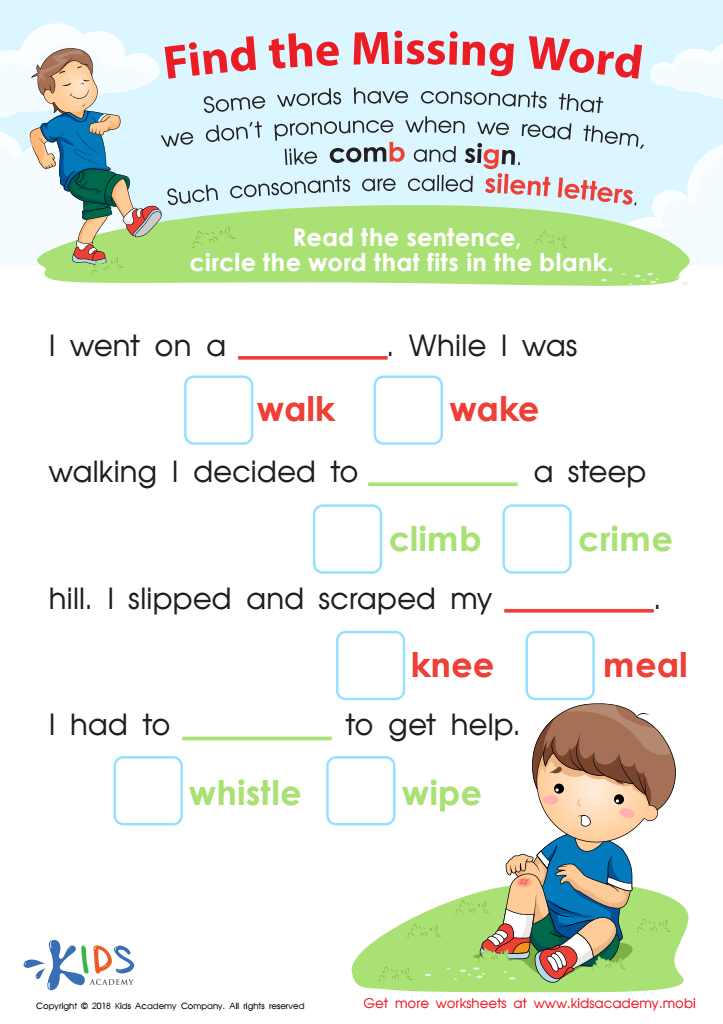

Find The Missing Word Worksheet
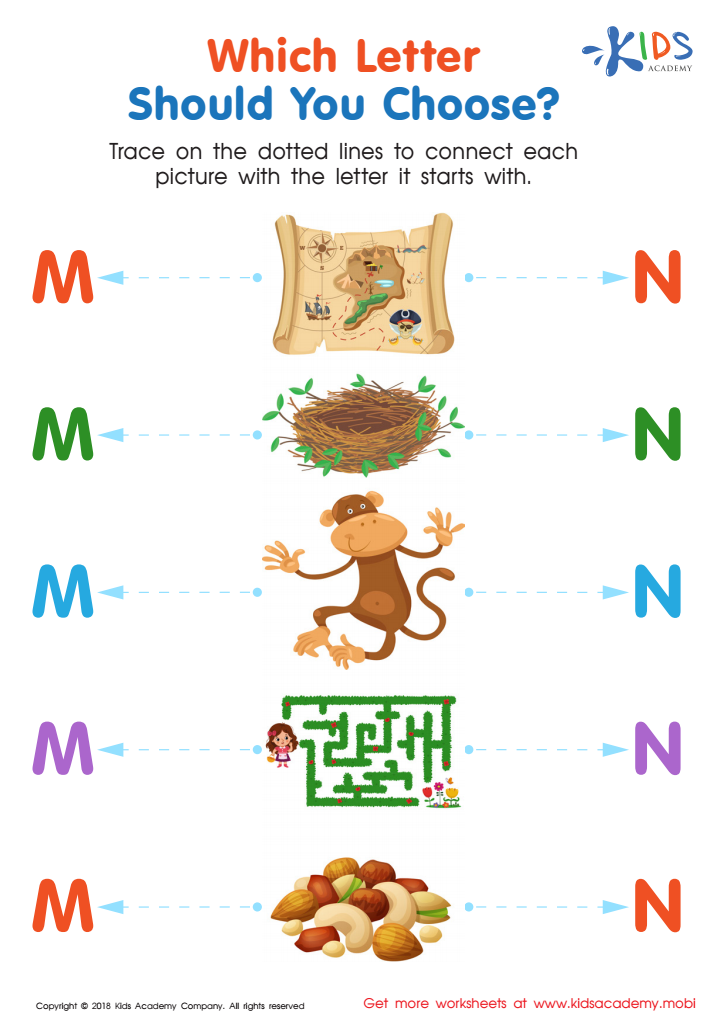

Which Letter Should you Choose? Worksheet
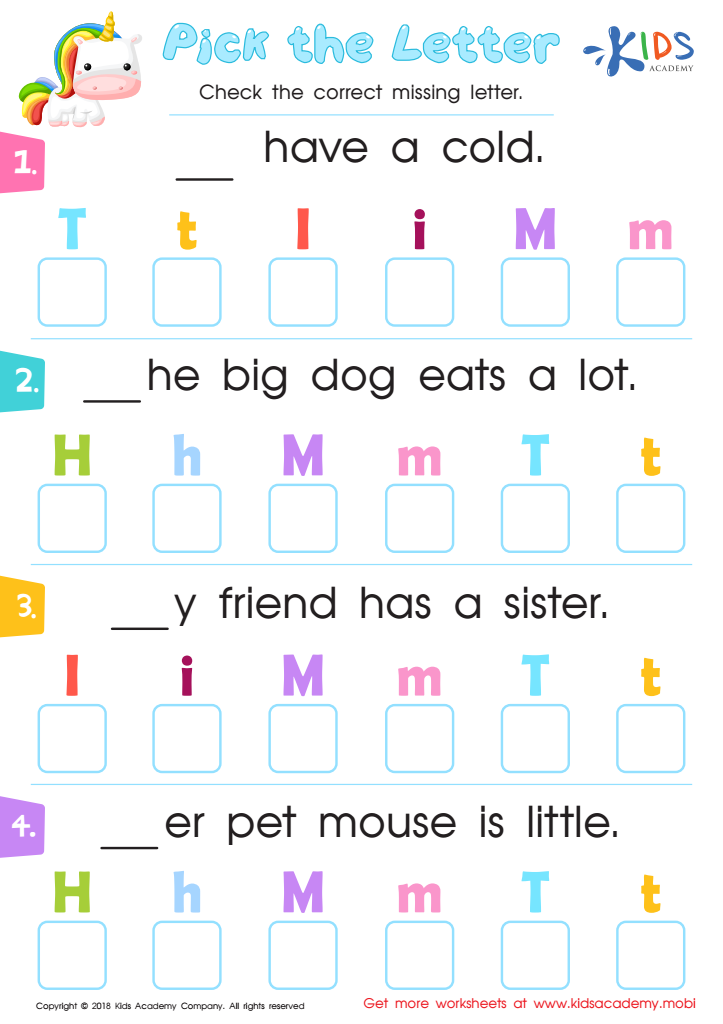

Pick the Letter Worksheet
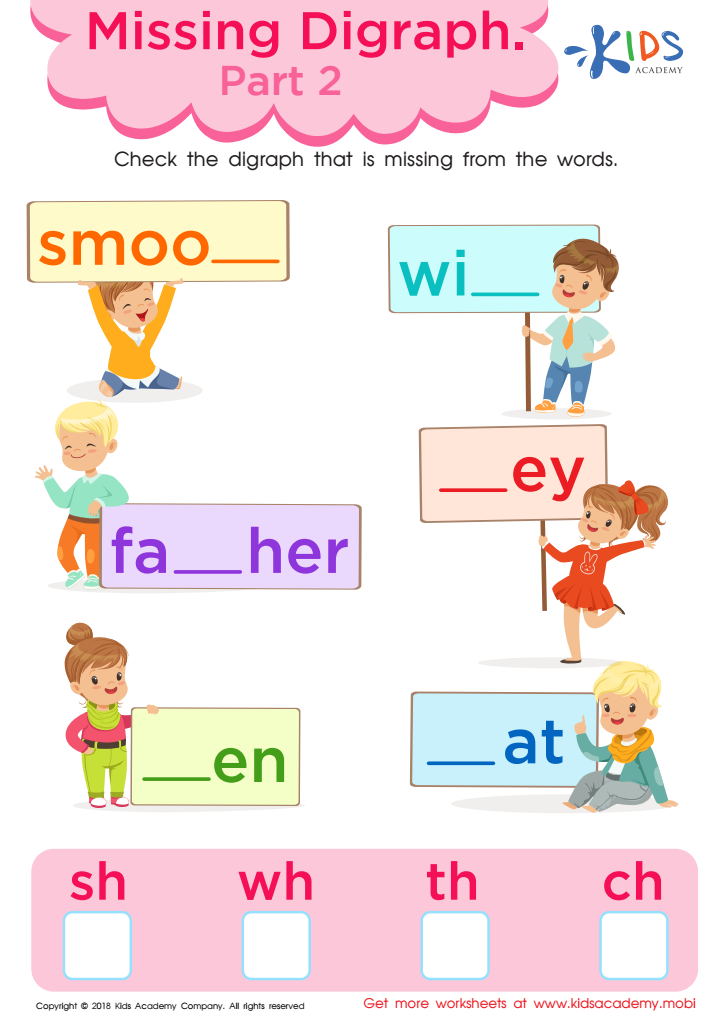

Missing Digraph: Part 2 Worksheet
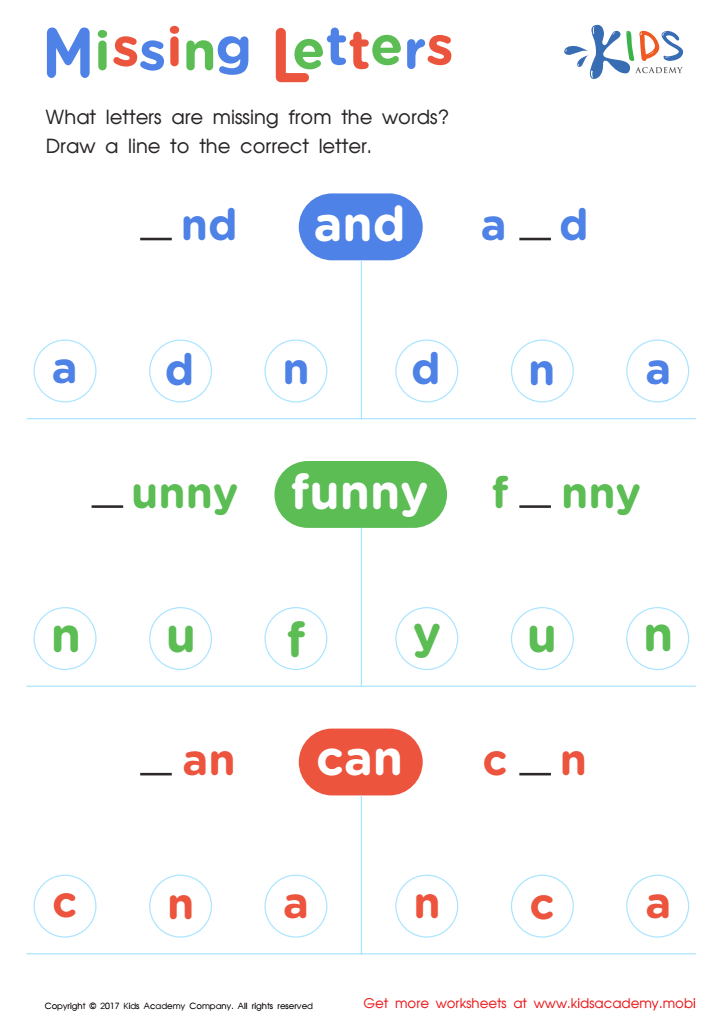

Missing Letters Worksheet


Missing Letter Worksheet
Supporting children in recognizing and filling in missing letters is crucial for their early literacy development. During ages 3-9, kids are at a formative stage where they begin to understand the fundamentals of language. Activities focused on identifying missing letters enhance several key areas of learning.
Firstly, these exercises improve phonemic awareness—children learn to recognize individual sounds within words, which is a foundational skill in reading. This recognition empowers them to blend and segment sounds, ultimately fostering their spelling and decoding abilities.
Secondly, engaging in missing letter activities boosts problem-solving and critical-thinking skills. Children must use context clues and their understanding of spelling patterns to determine the correct letters, promoting cognitive development.
Moreover, these activities strengthen memory and recall. When kids repeatedly practice filling in missing letters, they are more likely to remember word forms and patterns, aiding in vocabulary expansion and retention.
Furthermore, making learning fun and interactive with missing letter games can keep children motivated and engaged. This positive association with learning can lead to a lifelong love of reading and writing.
Overall, by valuing and incorporating missing letter activities, parents and teachers can provide significant support in a child's journey toward becoming proficient, confident readers and writers.
 Assign to My Students
Assign to My Students




